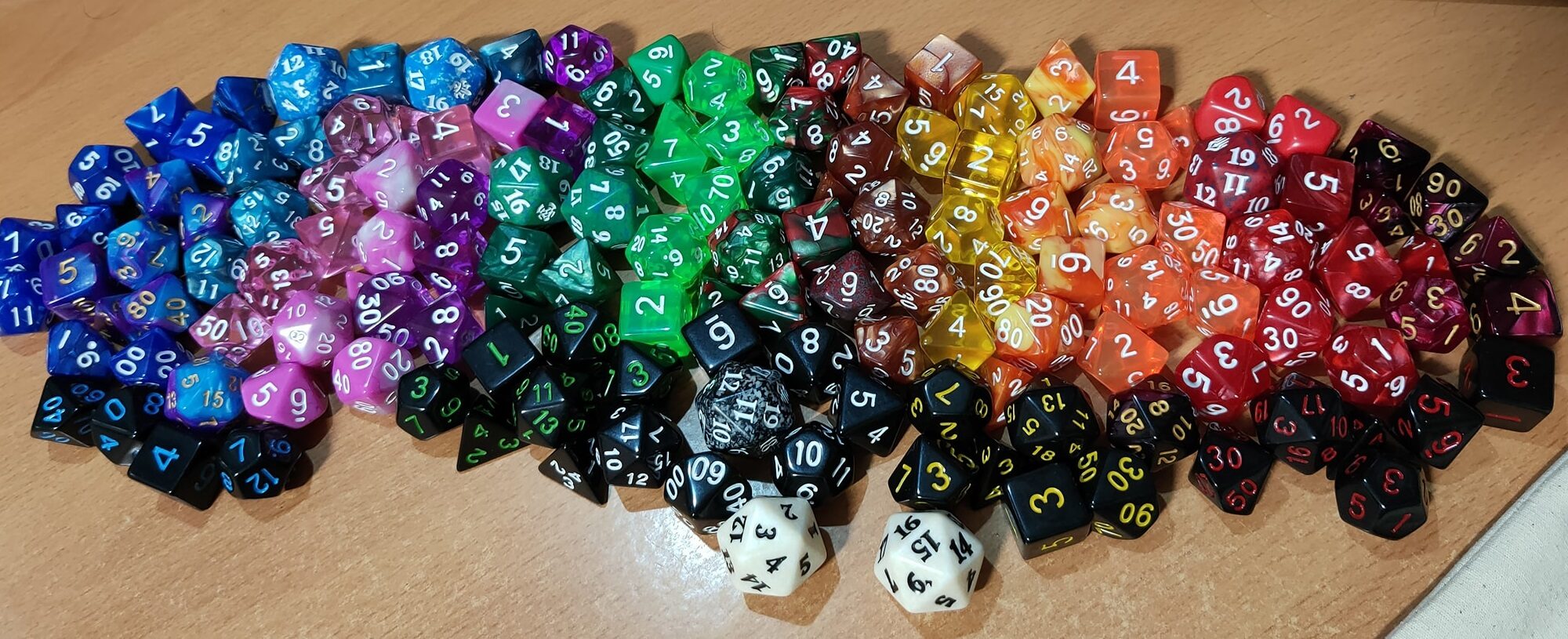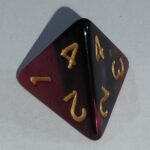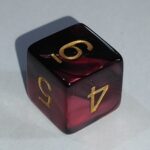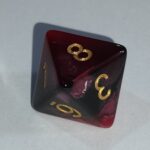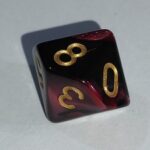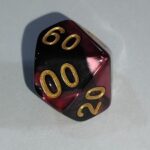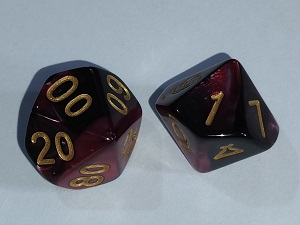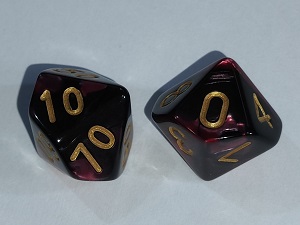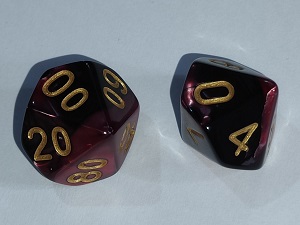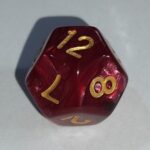Aaaah… dice! One of the earliest and easily recognized game accessory of all time.
The six-sided (d6) is by far the most common one and would be the first many would picture in their mind at the mention of the word – dice.
However, games have evolved and we now gladly throw what we call ‘math rocks’ or ‘click clicks’ that range from being 2-sided (d2)…
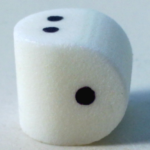
or one with a hundred sides (the d100!) across the table.
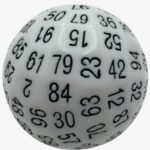
You know how there are some women who likes to collect shoes, bags and whatever accessories to their fancy? Or how some men collect watches, wallets etc? Speak to some gamers and you’ll discover that there is such a thing as Dice Goblins. Chances are – they’ll be more than happy to whip out a photo of their rather impressing collection of dice.
In the classroom, dice has been used to teach Maths (obviously!) and even Language Arts. What’s more fun than throwing dice to do basic mathematical equations at primary school than rolling dice with friends, right? I’m willing to put money on guessing that if your English/Language teacher had brought in these storytelling cubes, it would have been one of the best writing activities you’d easily remember having fun the most during class.
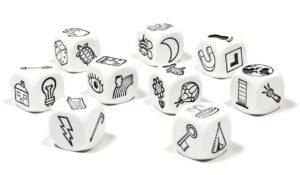
The fact that the regular set of role playing dice comes in a variety of polygonal shapes, sometimes it’s hard to tell them apart. We use them regularly for our sessions, especially in out “Adventurer’s & Writers” enrichment sessions so we’re created a blog entry with their descriptions. We’ve uploaded a file, together with 3 suggested dice-games in the Products section of this website. It’s FREE for you to download – here!

